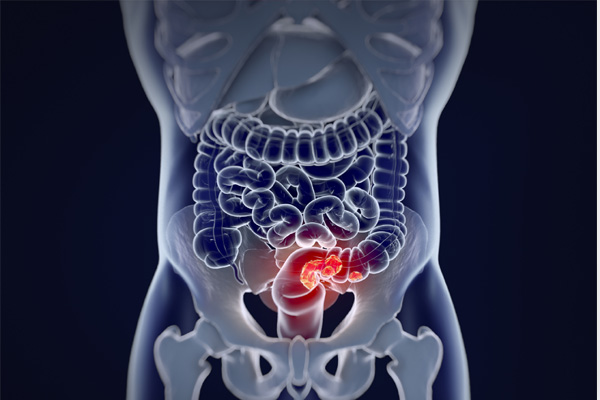Advanced Polypectomy
Polyps are benign cancers that occur of the gastrointestinal tract, especially in the colon. They are very common in the general population with about 50% having them but most remain asymptomatic. There are no known causative factors but there is a strong link to low chronic high fat low fiber diets, obesity, and smoking. Furthermore, they have a strong genetic linkage as shown by the familial tendencies to develop them.
